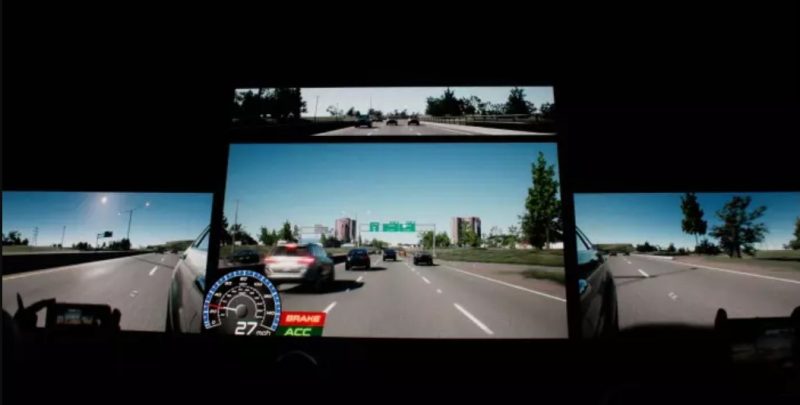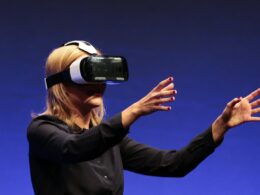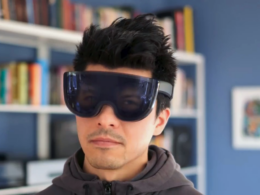Even though a self-driving car in the USA led to a fatal accident and a fall in Nvidia's share price: The company is continuing to research autonomous vehicles at full speed and is sending the vehicle AI to virtual driving school.
Every day, around 3,400 people die on the roads worldwide - one of the main reasons for researchers and programmers to focus on self-driving cars, which are designed to drive through traffic with fewer accidents than human drivers ever could. Nvidia co-founder and CEO Jensen Huang is also certain: "Anything that drives will do it on its own." But before cars, taxis, lorries, delivery vans, buses and tractors can be unleashed on the world without human drivers, manufacturers must first prove that computerised control is safe.
Many test miles required
This requires a lot of traffic data, which is very slow to obtain through practical driving. "Even if a company has 20 self-driving cars in use throughout the year for study purposes, you can only cover one million miles," explains Jensen Huang. "But you need a billion miles to get to 770 accidents."









